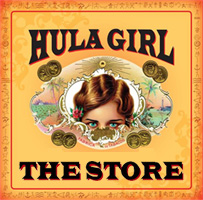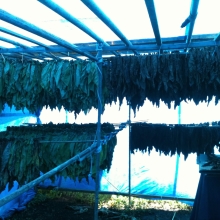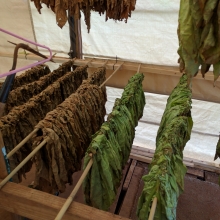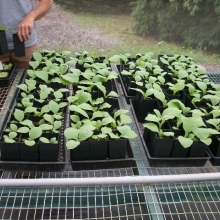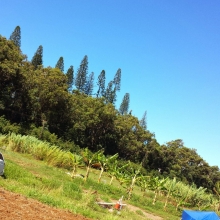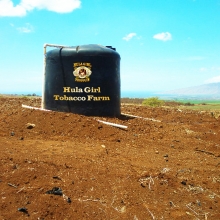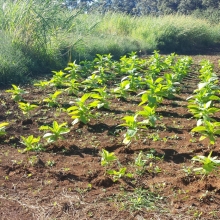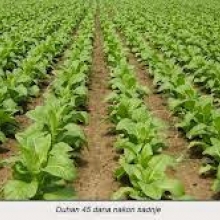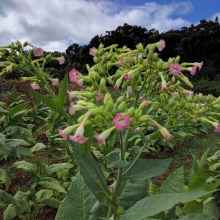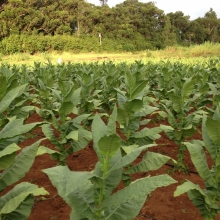Tobacco Farm in Maui Hawaii
Making a Good Cigar
Making a good cigar is a time-honored tradition in certain countries. Painstaking efforts and resources are usually expended in making cigars. A good cigar entails hand craftsmanship. Cigar aficionados can appreciate the long, meticulous process and fine hand work that go into making one.
The 3 Key Parts of a Cigar
A cigar is made of three layers of tobacco. They may originate from different growing regions. A cigar may include a blend of several tobaccos in the center, another type of tobacco used as a surrounding binder, and still another to sheath the outer layer of the cigar.
The filler. Once the blend is ready, it is formed into a rough cylinder of tobacco called a bunch. The filler or bunch is a layer of individual tobacco leaves. It is the inner portion of the cigar, the tobacco that provides most of the taste. Great care is taken to ensure that the leaves are laid in the bunch in a uniform and straight manner.
The binder. Around the bunch filler, the binder is a coarse layer of tobacco that gives the cigar its structure, shape, and ability to maintain its moisture content. The bound bunch is then placed into a hardwood mold where it gets its particular shape and is open at each end of the cigar.
The wrapper. After a cigar has been pressed and turned, it is ready for the skilled hands of the rollers. The craftsmen handle the stretching and smoothing process that gives cigars their appealing looks. They take the fine, silky, elastic wrapper and stretch it around the molded cigar body. For true enthusiasts, the look and feel of a cigar are nearly as important as its taste.
The Process
The process of preparing tobacco leaves for cigar making is a long and intricate one. First, the leaves are harvested, then aged with a process using a combination of heat and shade to lower the amount of sugar and water in the leaves without causing the large leaves to rot. This primary process, called curing, takes from 24 to 45 days depending upon the climatic conditions and the construction of the barns used to store the harvested tobacco.
Some aspects of the curing process are manipulated based on the type of tobacco being cured and the desired color of the leaf. The secondary process which is called fermentation is continued under conditions which allow the leaf to die slowly while controlling the temperature and humidity to ensure that the leaf continues fermenting without rotting or disintegrating. It is during this process where the flavor, burning, and aroma of the leaf are developed.
Cigar making is a lengthy process, but a necessary one leading to the production of high-quality products for people of discerning tastes.

